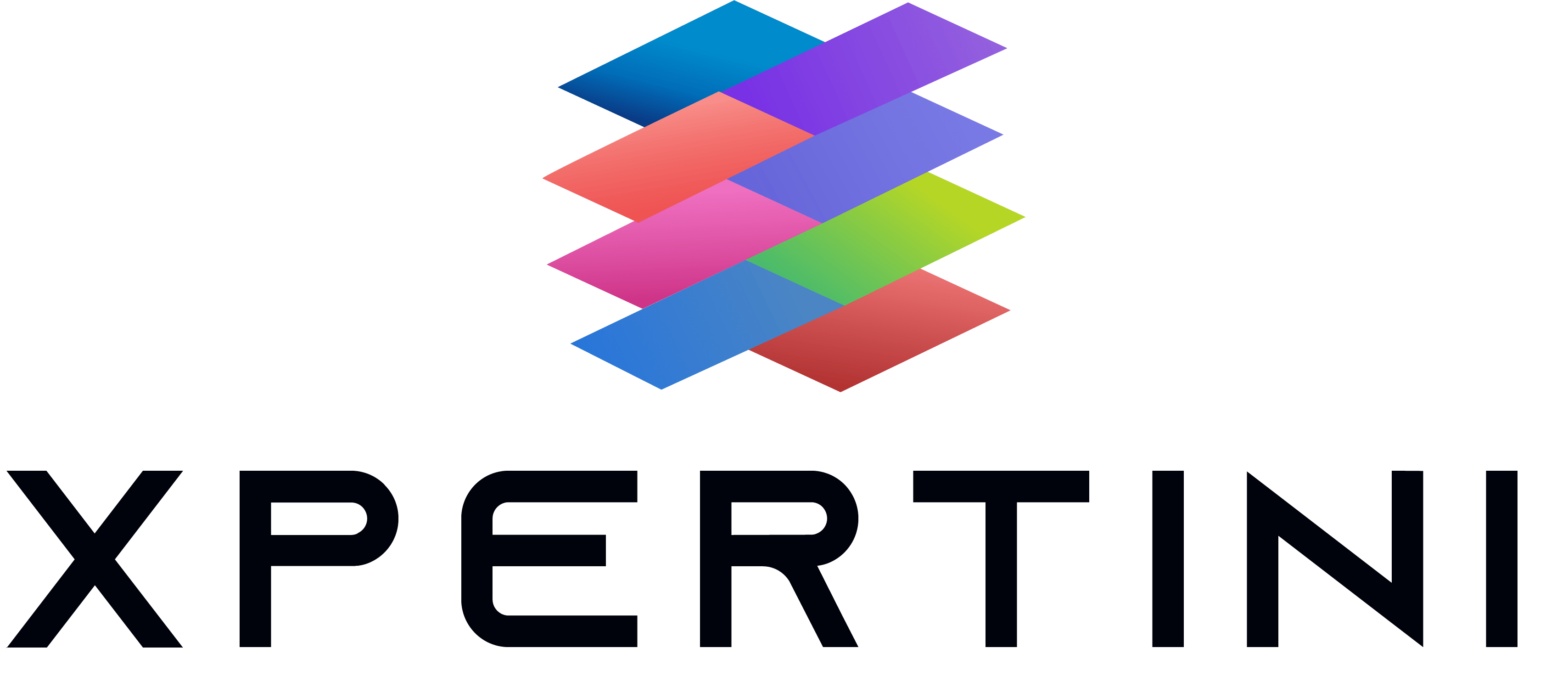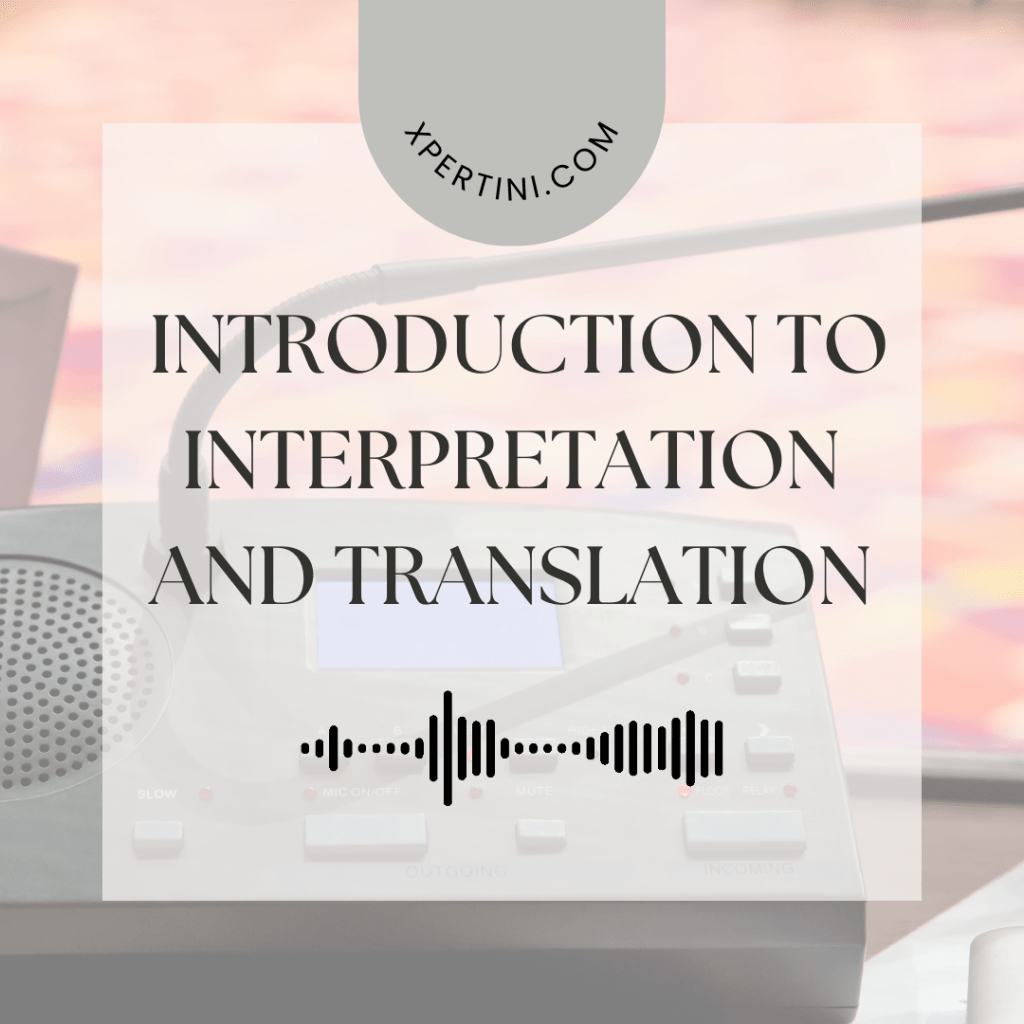Introduction to Interpretation and Translation
Course Summary
In this comprehensive course, participants explore the interpretation and translation within the context of media and journalism. The course structure is designed to provide a thorough understanding of the field’s importance, evolution, practical skills, and the integration of technology. Throughout the course, participants explore the relationship between language and culture, grapple with ethical considerations, and hone practical techniques essential for effective language mediation.
The journey begins with an insightful introduction, outlining the course’s objectives and emphasizing the pivotal role interpretation and translation play in media and journalism. Participants delve into the historical perspective, tracing the evolution of language mediation within these fields. Influential figures and significant milestones are highlighted, providing a contextual backdrop to the contemporary landscape.
A critical aspect of language mediation is the exploration of language and culture. Participants gain an understanding of how language and culture intersect, and the impact of cultural facrrors on interpretation and translation. The course then delves into ethical considerations, presenting participants with real-world dilemmas and guiding them in developing a code of ethics—a testament to the course’s commitment to fostering responsible language mediators.
Practical techniques take center stage as participants acquire fundamental interpretation and translation skills. Engaging exercises enhance their language mediation abilities, bridging the gap between theory and application. The course then shifts focus to technology in language mediation, offering an overview of relevant tools, ensuring participants are equipped to navigate the digital landscape of interpretation and translation.
Collaboration in multilingual settings becomes a focal point, recognizing the importance of coordination and teamwork. Strategies for effective collaboration in diverse communication environments are explored, preparing participants for the complexities of multilingual projects. Adapting to various media formats follows, with an examination of challenges and opportunities in multimedia language mediation.
The course concludes with a forward-looking perspective on career opportunities in interpretation and translation. Participants explore diverse paths, and guidance on networking and professional development opportunities ensures they are well-prepared for the evolving landscape of language mediation.
In essence, this course is a comprehensive exploration of interpretation and translation, providing participants with the knowledge, skills, and ethical grounding necessary for success in the multifaceted fields of media and journalism.
Course Overview
This course serves as a foundational exploration of interpretation and translation within the context of journalism, media studies, and communication. Participants will gain insights into the significance of accurate language interpretation and translation in fostering effective communication across diverse linguistic and cultural landscapes.
Course Objectives
- Understand the role of interpretation and translation in journalism and media communication.
- Develop skills to convey messages accurately between languages.
- Appreciate the cultural factors that impact interpretation and translation.
- Explore the historical evolution of interpretation and translation in media contexts.
- Acquire knowledge of ethical considerations in interpretation and translation.
- Learn practical techniques and strategies for effective language mediation.
- Gain insight into the impact of technology on interpretation and translation.
- Develop critical thinking skills in evaluating the quality of interpretation and translation.
- Explore career opportunities in the field of interpretation and translation.
Course Outcomes
- Recognize the importance of interpretation and translation in fostering cross-cultural understanding in media and journalism.
- Demonstrate proficiency in basic interpretation and translation techniques.
- Apply cultural sensitivity and ethical considerations in practical interpretation scenarios.
- Integrate historical perspectives into their understanding of contemporary interpretation and translation practices.
- Incorporate technology tools into the interpretation and translation process.
- Coordinate and collaborate effectively in multilingual communication settings.
- Adapt interpretation and translation strategies to diverse media formats.
- Select appropriate linguistic and cultural approaches based on specific communication contexts.
- Evaluate the impact and effectiveness of interpretation and translation in media and journalism.
Course Audience
- Individuals aspiring to pursue careers in interpretation and translation.
- Communication professionals seeking to enhance their language mediation skills.
- Journalism students interested in cross-cultural communication.

